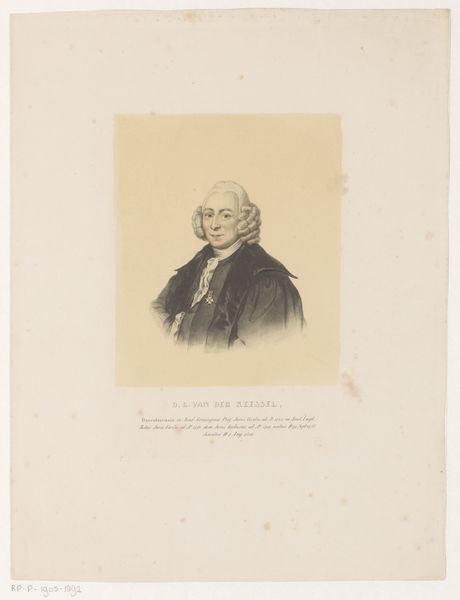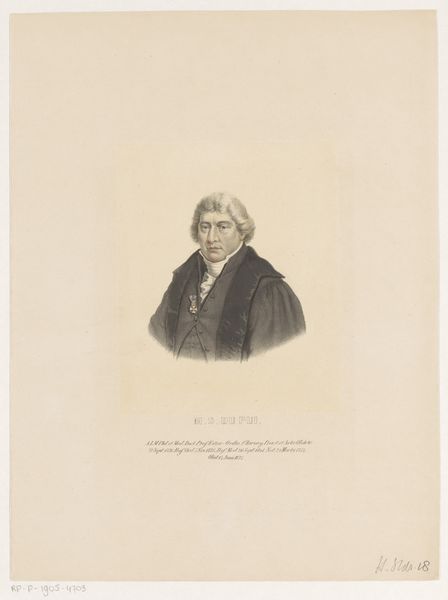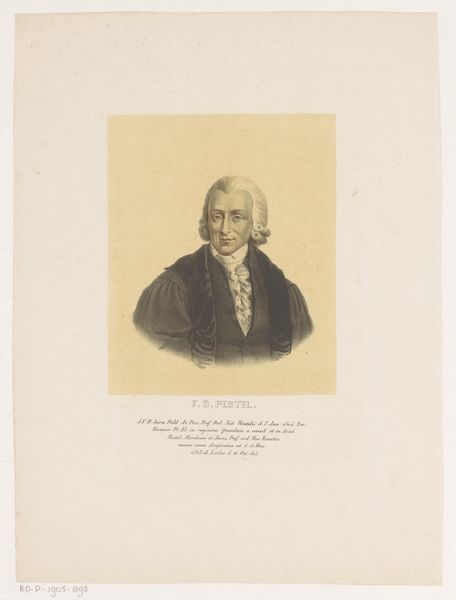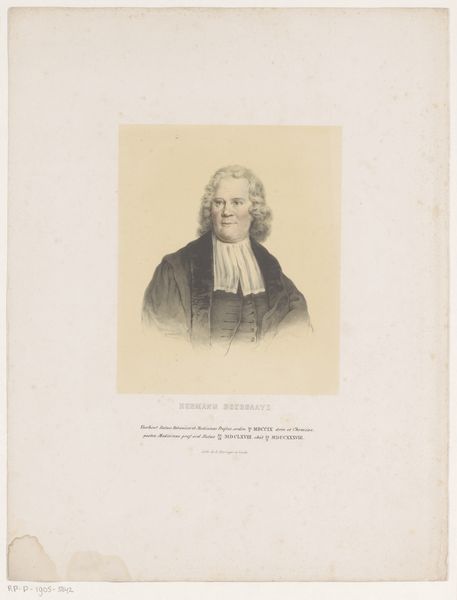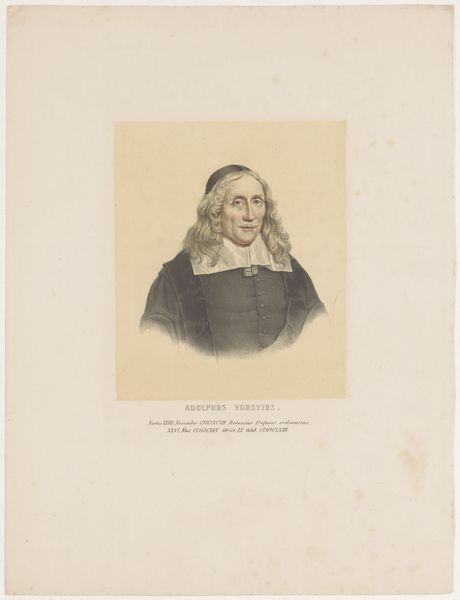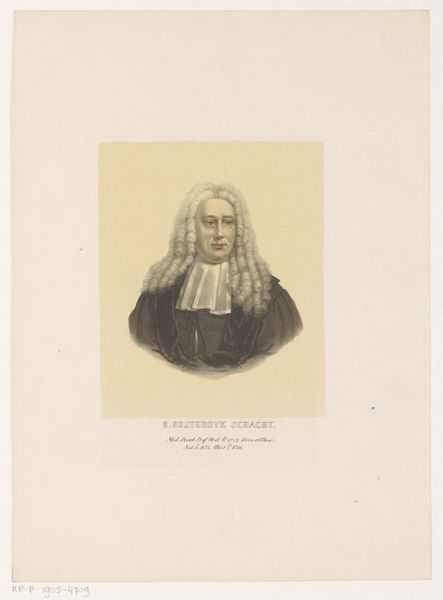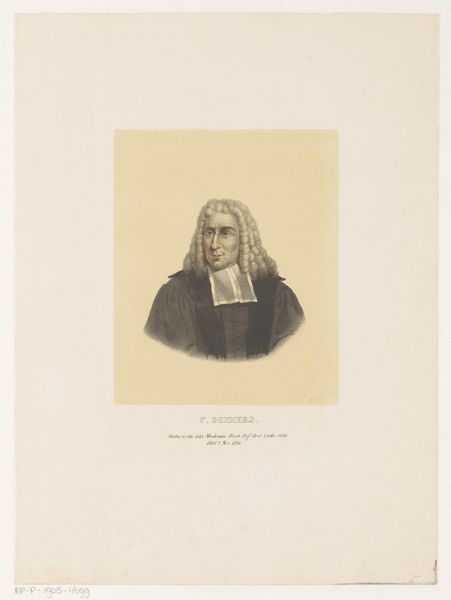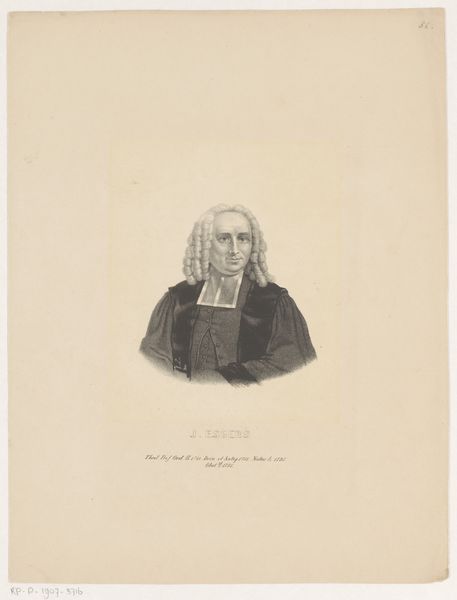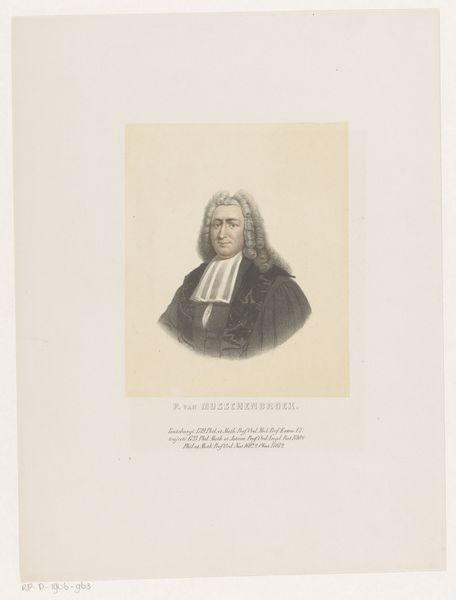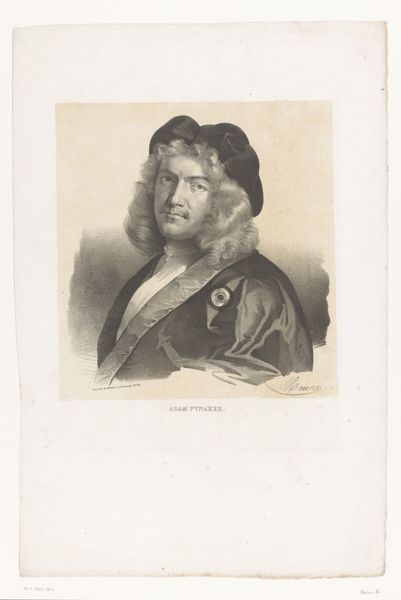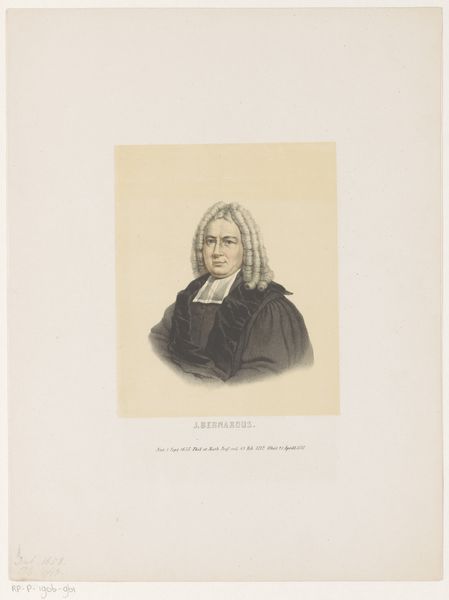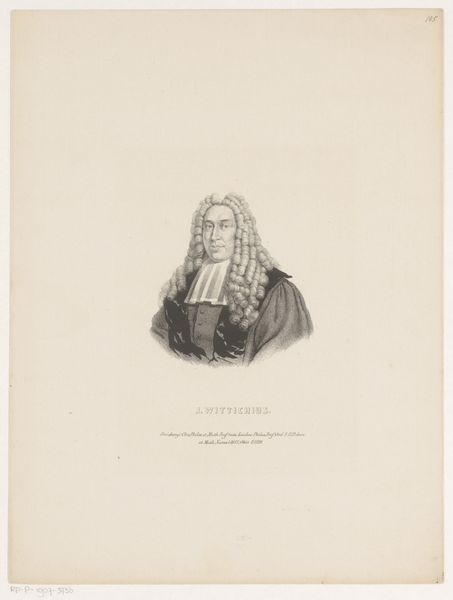
print, engraving
#
portrait
#
pencil drawn
# print
#
pencil drawing
#
history-painting
#
academic-art
#
engraving
#
realism
Dimensions: height 346 mm, width 259 mm
Copyright: Rijks Museum: Open Domain
Curator: The somber mood emanating from this print, a "Portret van Claudius Salmasius" as the inscription suggests, pulls me right in. There's a striking gravitas. Editor: And that's certainly enhanced by its creation circa 1850 by Leendert Springer, utilizing print and engraving techniques – fitting considering the historical figure depicted. This work and others like it speak to the broader power dynamics involved in preserving specific memories and celebrating prominent figures from the past. Curator: Exactly! Looking through a modern lens, one can't help but consider the narratives being constructed and reinforced by showcasing primarily men of status. What about the lived experiences, for example, of marginalized groups in 17th century Leiden where Salmasius lived and taught? Editor: Of course. We must examine the institutions producing and reproducing this imagery too. These prints, often circulated widely, played a critical role in solidifying Salmasius' intellectual reputation – not to mention Springer's artistic one. Were there alternative visual representations circulating? What was their access and influence like? Curator: It's this tension between honoring individual accomplishment and questioning broader societal structures where, I think, this piece truly gains relevance for us now. Does simply depicting a privileged subject perpetuate inequitable values? Can we extract any lessons here to disrupt and improve this portrait's status within present-day society? Editor: And while Springer employed realism with academic refinement in depicting Salmasius, we're still encountering this image within contemporary settings, filtered by new sensibilities. The context is crucial, though, as we see not just individual talent, but also the apparatus that enshrines particular visions of greatness in society and then in its museums. Curator: That apparatus still heavily informs who we regard as visionaries or intellectuals, in effect! But it has not been universally inclusive, something artworks like this one encourage us to challenge by critically confronting their subject's own place in our larger framework of collective and even contested histories. Editor: So, approaching the print, perhaps not as a definitive likeness, but as a reminder of how reputations get built – and who controls the narrative and visibility afforded certain figures. That is the continuing value to having portraits such as these visible in public and private collections.
Comments
No comments
Be the first to comment and join the conversation on the ultimate creative platform.
